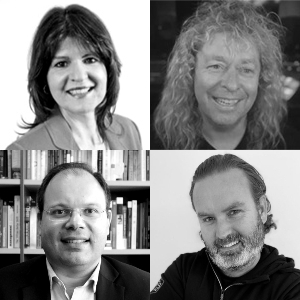Victoria can simultaneously solve Melbourne’s future sewerage crisis whilst building a sustainable carbon credits sector. A common sight for Melbourne’s residents in the 1850’s would have been carts full of “nightsoil” trundling down Flemington Road. Melbourne subsequently built one of the world’s best municipal water systems, supporting the quality of life its residents enjoy today.
Aquatic systems, by their nature, distribute pollutants widely and effectively. Port Phillip Bay is currently impacted by a range of introduced pollutants and its long-term viability needs to be reassessed. New standards and technologies should be reconsidered, and system-wide thinking applied to the management of our limited water resources; particularly in a time of climate change and population growth. Business as usual will *not* be the solution.
Australia still uses dozens of chemicals that are banned in other countries, including the UK and USA. These chemicals are banned because they’re toxic to humans, animals or the myriad other plants and animals that inhabit our planet with us. Consider the thousands of litres of inorganic chemicals in white plastic bottles that we see lining the ‘cleaning’ aisle of the supermarket. Treated or untreated, your sewerage and waste ends up in the Bay.









